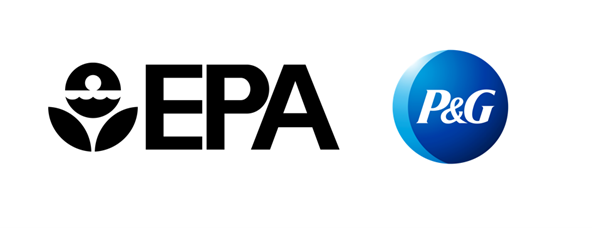EPA and The Procter & Gamble Company

EPA and Consumer Product Industry Collaborating to Improve Biological Relevance in Toxicity Testing
EPA’s Center for Computational Toxicology and Exposure (CCTE) is collaborating with The Procter & Gamble Company (P&G) on a multi-year effort to enhance the biological relevance of toxicity testing to better address human health outcomes. Under a Cooperative Research and Development Agreement (CRADA), EPA and P&G are collaborating to embed a liver metabolism method developed at EPA into in vitro assays to test potential health effects of chemicals that may be metabolized in the body.
The Alginate Immobilization of Metabolic Enzymes, or AIME method, was developed by CCTE and it works by encapsulating liver enzymes in a polymer hydrogel derived from seaweed to form microspheres on the tips of a multi-pillar plate. It can be thought of as a ‘liver-on-a-stick’. The advantage of the method is that it enables an end user to metabolize chemicals in a high-throughput fashion prior to exposing them to their preferred biological assay, thus simulating ‘first-pass metabolism’ in the body.
The AIME Method, or the Alginate Immobilization of Metabolic Enzymes, enables an end user to metabolize chemicals in high-throughput fashion prior to exposing them to their preferred biological assay.
The goal of the collaboration between EPA and P&G is to further the development and application of the AIME technology for integrating metabolic competence into high-throughput in vitro toxicity assays, and translation of the results into risk assessment for use by private and public entities. This is important for increasing the predictivity of in vitro toxicity assays because the method helps understand if chemicals are metabolized in the body and what impact they may have on organ toxicity.
To help expand the adoption of the AIME method, EPA has provided P&G with standard operating protocols and customized microtiter plate lids necessary to perform the method. P&G and EPA have coordinated to train staff on use of the method. Following transfer of the AIME method, P&G will evaluate the metabolic efficiency of the method with known reference chemicals and apply it to a number of in vitro assays to determine overall performance. Modifications may be made to optimize the method for specific contexts of use.
This collaboration aims to further develop and apply the AIME technology and to increase the predictive ability of in vitro toxicity assays.
